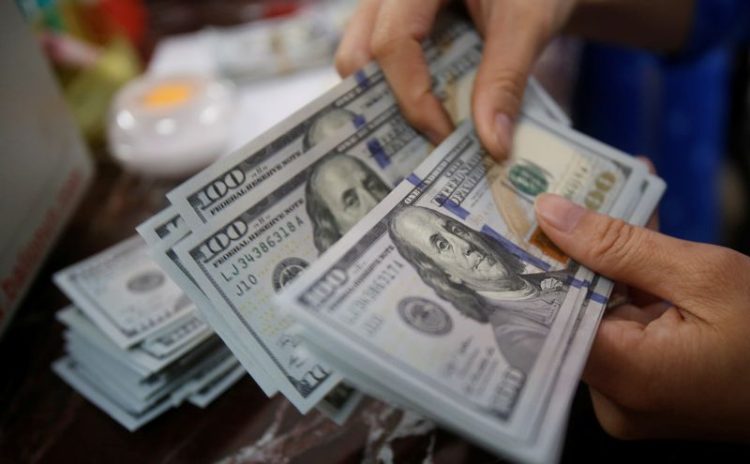Publisher: Maaal International Media Company
License: 465734
Dollar slips as risk appetite rises; Australia, NZ dollars surge
اقرأ المزيد
The dollar moved broadly lower on Tuesday, while Australia’s and New Zealand’s currencies climbed with a rise in risk appetite after China said it would scrap its COVID-19 quarantine rule for inbound travellers – a major step in reopening its borders, Reuters reported.
The New Zealand dollar surged more than 0.5% in early Asia trade and was last 0.28% higher at $0.6288, while the Aussie gained 0.27% to $0.6750 in mostly thin trading during the year-end holiday season. The two currencies are often used as liquid proxies for the Chinese yuan.
The offshore yuan rose more than 0.1% to 6.9681 per dollar.
China will stop requiring inbound travellers to go into quarantine on arrival starting Jan. 8, the National Health Commission said on Monday, even as COVID cases spike. At the same time, Beijing downgraded regulations for managing COVID cases to the less strict Category B from the top-level Category A.
Elsewhere, sterling rose 0.12% to $1.2082, while the euro edged 0.12% higher to $1.0647.
Against a basket of currencies, the U.S. dollar index slipped 0.06% to 104.04.
Data released on Friday showed that U.S. consumer spending barely rose in November while inflation cooled further, reinforcing expectations that the Federal Reserve could scale back its aggressive monetary policy tightening.
The Japanese yen steadied at 132.89 per dollar, as the recently fragile currency continues to be buoyed by the Bank of Japan’s (BOJ) surprise tweak to its yield curve policy last week.
BOJ Governor Haruhiko Kuroda on Monday brushed aside the chance of a near-term exit from ultra-loose monetary policy, even as markets and policymakers are signalling an increasing focus on what comes after Kuroda’s tenure ends in April next year.
In cryptocurrencies, crypto lender Vauld has called off its potential acquisition by rival Nexo, according to a CoinDesk report.
Bitcoin was last 0.2% lower at $16,880, while Ether fell 0.4% to $1,223.10.








